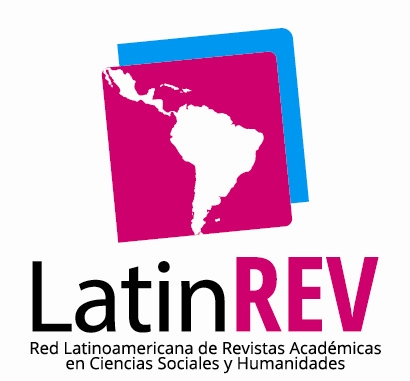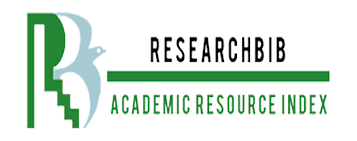Training and development of the self-esteem of boys and girls from 6 to 10 years old
DOI:
https://doi.org/10.35622/j.rep.2021.01.005Keywords:
Good self-esteem, training in valuesAbstract
This article is the result of an investigative experience, of qualitative cort, with a type of etnographic study, oriented under the methodologie criteria of an action research, the purpose is study a social reality within a changing and dynamic conception in four boys and girls from 6 to 10 years old, of rural sector Vereda la Golondrina, as result of the aplication of strategies and dynamics, where it is posible to identify the perceptions, attitudes and behaviors, which affect their social enviroment and specially the self- esteem. In the present proposal´s development from its formulation and with more predominance in its analysis, and interpretation, the type study emerged, in order to arrive at a deeper approach and be able to help achieve more concrete objectives such as: the formation of people with good values, especially self-steem, which these were built in a logical sequence of didactic proposal, to base in formation of values, as axes which allow promoting the ethical essence of the human behavior of reflective and critical way, of this mode continue to have a good self-steem, which generates security, interest and recognition towards their protection in their environment, taken from the imaginary and previous ideas as acquired knowledges, transforming into positive attitude and practices, these will allow effectively promote in their behavior for their life.
Estadísticas del Artículo
References
Crespo, M. y Salamanca, B: (2007). El muestreo en la investigación cualitativa. Nure investigación, N° 27 (47 -63) 45- 98
Fabbri, M (2012). Las técnicas de investigación: la observación. Response. (4)
Fraume, J (2014). Abecedario Ecológico. Bogotá D.C, Colombia: Editorial Hogares Campesinos Juveniles p.291.
Gómez, Flores & Jiménez. (1996). Metodología de la investigación cualitativa, Madrid, España; Ediciones Aljibe.
Hernández – Sampieri, R., Hernández, C., Baptista, M. (2014). Metodología de la Investigación. México: MacGraw Hill.
Ibernon, F., Alonso, M. & Arandia, M. (2007). La investigación educativa como herramienta de formación del profesorado. Barcelona, España: Editorial GRAO.
Kellert, S. y Wilson, E.O. (1999). The biologic basis for human values of nature.
En Kellert, S. y Wilson, E.O. (1993) (Eds.), the biophilia hypothesis. (pp. 42-69).
López-Roldán, P.; Fachelli, S. (2015). La encuesta. En P. López-Roldán y S. Fachelli, Metodología de la Investigación Social Cuantitativa. Bellaterra (Cerdanyola del Vallès): Dipòsit Digital de Documents, Universitat Autònoma de Barcelona. Capítulo II.3. Edición digital: http://ddd.uab.cat/record/163567McMillan, J. H., & Schumacher, .S. (2005). Investigación Educativa. Una Introducción conceptual. 5ta Edición. Madrid: Pearson Educación, S. A.
Mayer, M. (1997). Educación Ambiental de la acción a la investigación. Investigación Didáctica. N° 16 (2), 217-231
Published
Issue
Section
License
Copyright (c) 2021 Marlen Igon, Sandra Dorado (Autor/a)

This work is licensed under a Creative Commons Attribution 4.0 International License.
La Revista Estudios Psicológicos del Instituto Universitario de Innovación Ciencia y Tecnología Inudi Perú está sobre una licencia internacional Creative Commons Atribución 4.0. Lo que permite que los archivos sean de libre acceso y distribuidos libremente.
LOS AUTORES RETIENEN SUS DERECHOS:
- Los autores retienen sus derechos de marca y patente, y tambien sobre cualquier proceso o procedimiento descrito en el artículo.
- Los autores retienen el derecho de compartir, copiar, distribuir, ejecutar y comunicar públicamente el artículo publicado en la Revista Estudios Psicológicos (por ejemplo, colocarlo en un repositorio institucional o publicarlo en un libro), con un reconocimiento de su publicación inicial.
- Los autores retienen el derecho a hacer una posterior publicación de su trabajo, de utilizar el artículo o cualquier parte de aquel (por ejemplo: una compilación de sus trabajos, notas para conferencias, tesis, o para un libro), siempre que indiquen la fuente de publicación (autores del trabajo, revista, volumen, número y fecha).



















